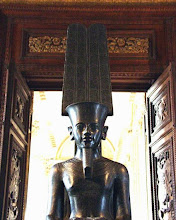Discovery positron marks 75 years
Discovery of the positron in 1932 by Carl D. Anderson in a cloud chamberToday it's 75 years ago the positron was discover. You may know the term from Star Trek for example. Data's positronic brain.
The positron is the antiparticle or the antimatter counterpart of the electron. The positron has an electric charge of +1, a spin of 1/2, and the same mass as an electron. When a low-energy positron collides with a low-energy electron, annihilation occurs, resulting in the production of two gamma ray photons (see electron-positron annihilation). The first scientist deemed to have captured positrons through electron-positron annihilation was Chung-Yao Chao, a graduate student at Caltech in 1930, though he did not realize what they were at that time.
Positrons may be generated by positron emission radioactive decay (a weak interaction), or by pair production from a sufficiently energetic photon.
The existence of positrons was first postulated in 1928 by Paul Dirac as a consequence of the Dirac equation. In 1932, positrons were discovered by Carl D. Anderson, who gave the positron its name. The positron was the first evidence of antimatter and was discovered by passing cosmic rays through a gas chamber and a lead plate surrounded by a magnet to distinguish the particles by bending differently charged particles in different directions.
Alternate theories still maintain that there is no such thing as a positron.






